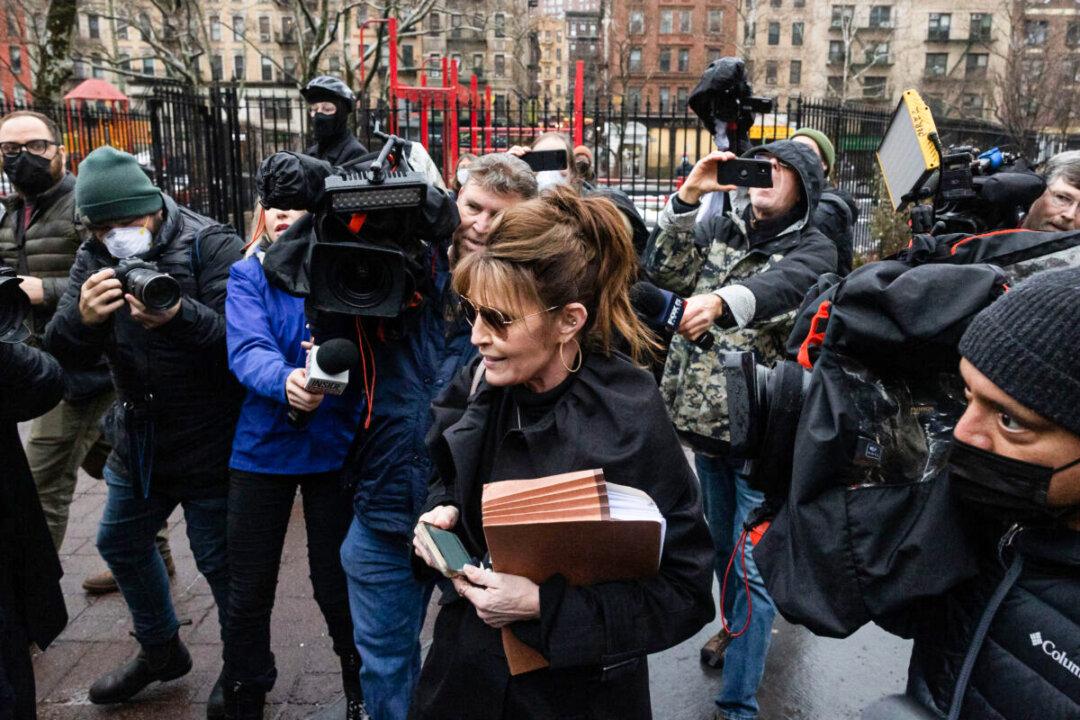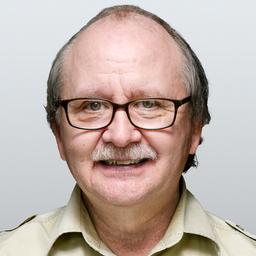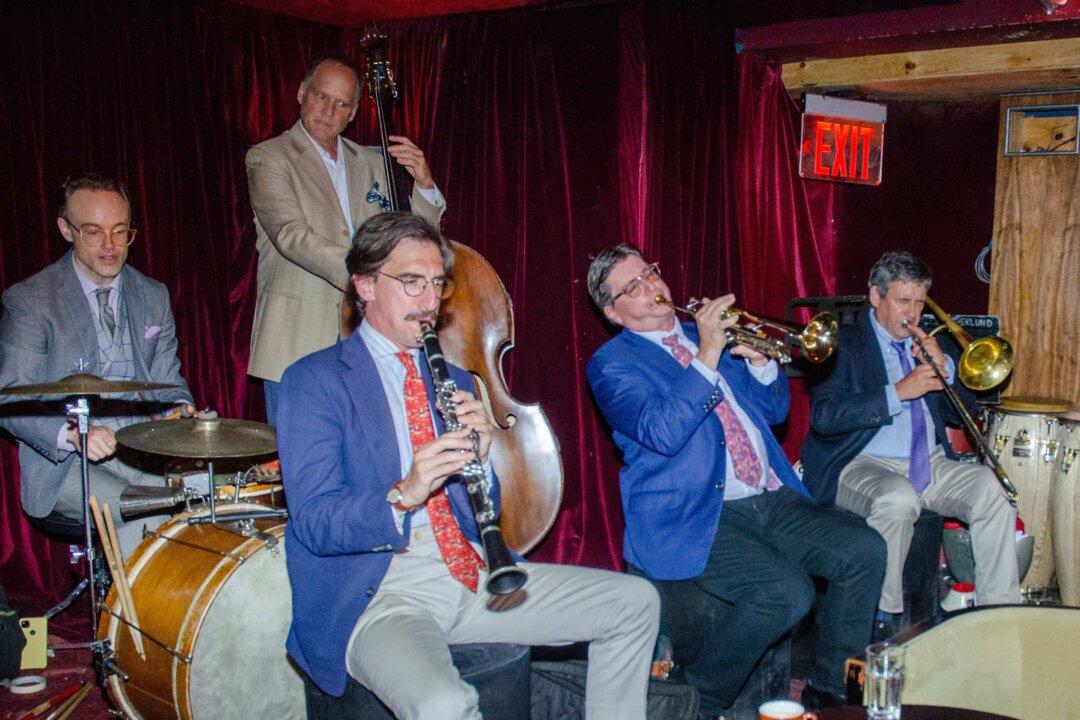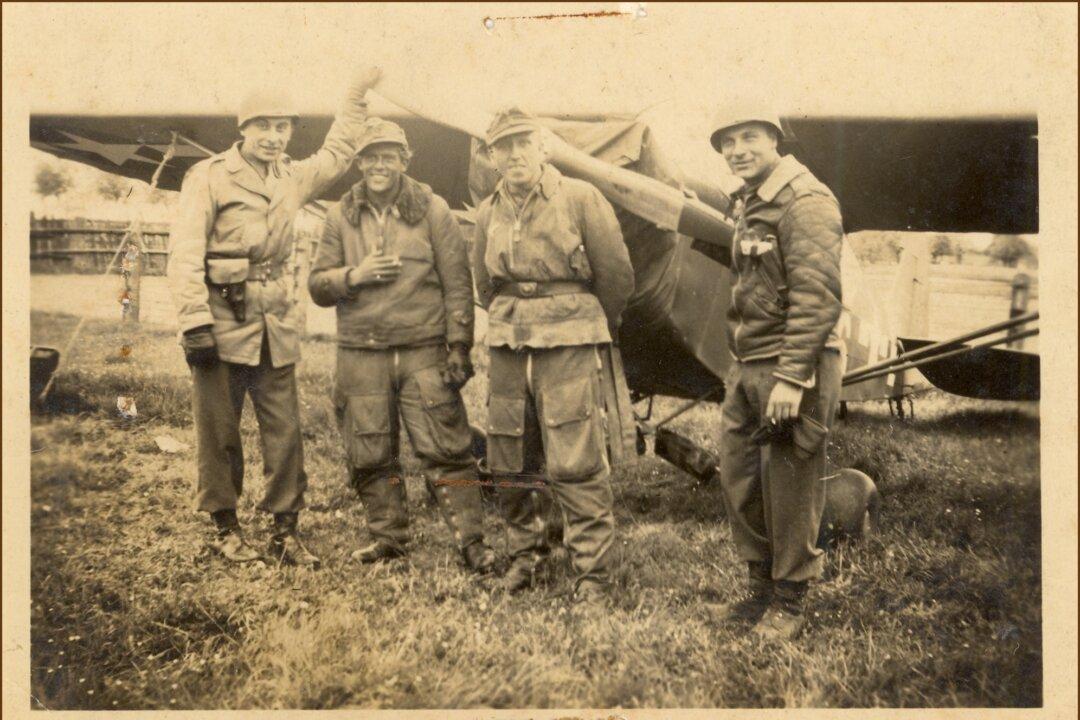NEW YORK—On Feb. 7, at the end of the third morning of former Alaska Gov. Sarah Palin’s libel trial against The New York Times, U.S. District Judge Jed Rakoff began asking his own questions of a witness.
On the stand was Eileen Lepping, a researcher and fact-checker at the newspaper, who worked on the editorial at the heart of the lawsuit.





